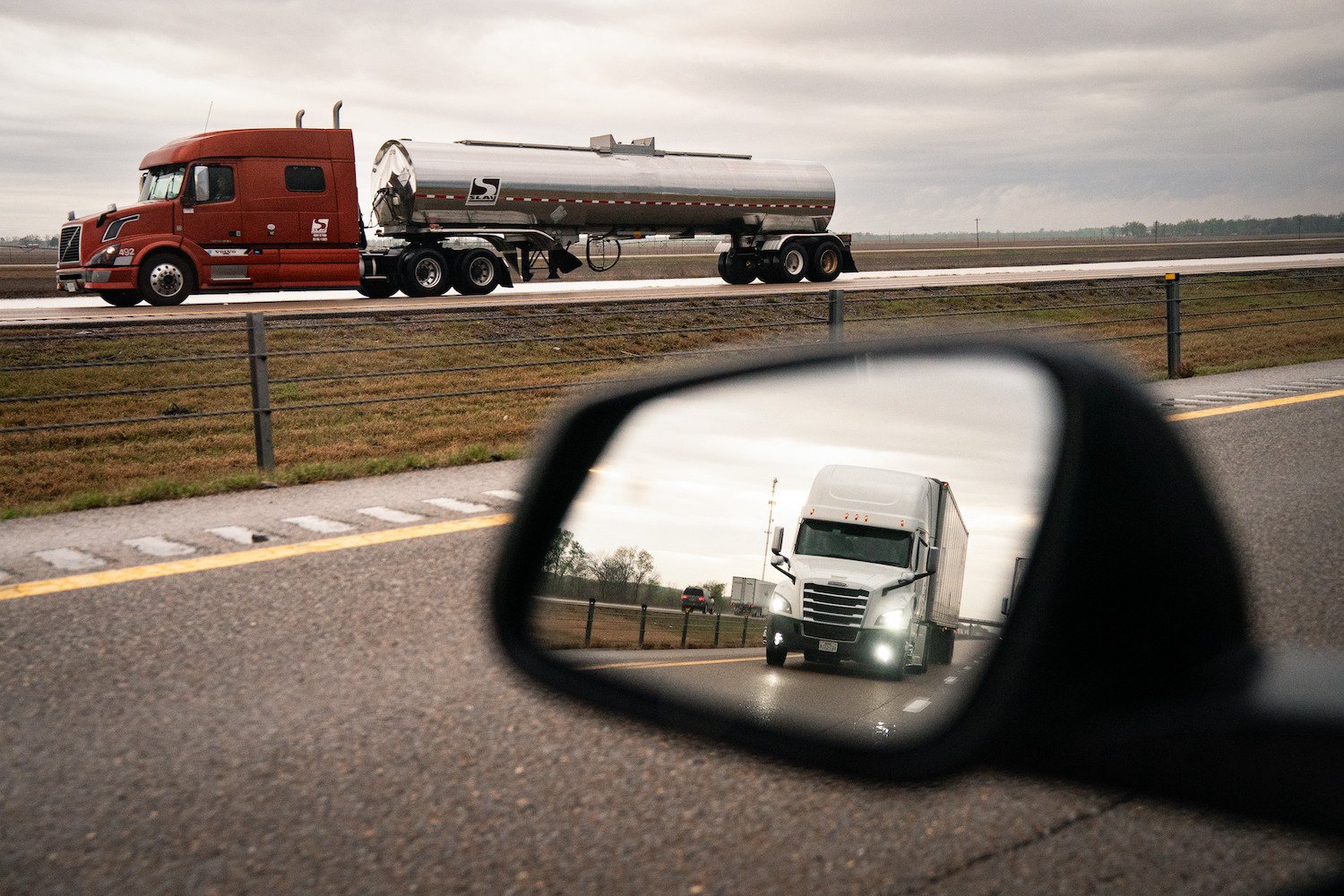
Driverless Trucks Set to Roll on Texas Highways: A New Era of Freight Transportation?
The landscape of American freight transportation is poised for a potentially revolutionary shift as driverless big rigs prepare to navigate a key Texas interstate. Aurora Innovation, a Pittsburgh-based autonomous vehicle technology company, is gearing up to deploy its self-driving trucks on a 200-mile segment of Interstate 45 between Dallas and Houston later this month. This ambitious undertaking represents a significant step towards the widespread adoption of autonomous trucking, a concept that promises increased efficiency, reduced costs, and enhanced safety, but also raises questions about job displacement and potential risks.
Aurora Innovation, founded in 2017, has been at the forefront of developing autonomous driving technology specifically tailored for the trucking industry. Their flagship product, the "Aurora Driver," is an AI-powered software system designed to control all aspects of truck operation, from navigation and route planning to obstacle avoidance and speed regulation. The company has invested heavily in equipping its trucks with a comprehensive suite of sensors, including cameras, radar, and lidar, to provide a 360-degree view of the surrounding environment. These sensors, combined with sophisticated software algorithms, enable the trucks to perceive and react to various road conditions, traffic patterns, and potential hazards.
The company claims its autonomous trucks can operate continuously, 24 hours a day, seven days a week, without the need for breaks or human intervention. This capability could significantly improve delivery times and reduce transportation costs for logistics companies, who often face challenges related to driver shortages and Hours of Service regulations. The continuous operation potential could reshape supply chains, offering faster and more reliable movement of goods across the country.
Aurora Innovation has conducted extensive testing of its autonomous trucks in controlled environments and through virtual simulations that mimic real-world driving conditions. These simulations allow the company to expose its AI system to a wide range of scenarios, including inclement weather, unexpected obstacles, and aggressive driving behaviors, without risking the safety of human drivers or the public. The data collected from these tests is used to refine the Aurora Driver’s algorithms and improve its decision-making capabilities.
The emerging business model for autonomous trucking envisions a three-tiered structure. AI vendors, like Aurora, will lease their automated software to truck manufacturers, who will then integrate the technology into their vehicles. Logistics companies, in turn, will purchase these autonomous trucks to operate their freight fleets. This model allows each player to focus on their core competencies, with AI vendors developing the technology, manufacturers building the vehicles, and logistics companies managing the transportation operations.
While the prospect of driverless trucks cruising down highways may conjure images of futuristic efficiency or, for some, anxieties about technological failures, the companies involved emphasize the safety benefits of autonomous driving. They argue that self-driving trucks are less prone to human errors, such as fatigue, distraction, and impaired judgment, which are major contributors to truck accidents. Autonomous systems can react faster and more consistently than human drivers, potentially preventing collisions and reducing the severity of accidents.
Aurora Innovation highlights safety as a core value, stating that its self-driving technology will increase efficiency, mobility, and safety on America’s roads. The company envisions a future where goods never stop moving, facilitated by a reliable and safe automated trucking system. They have released a report detailing how their autonomous big rigs can safely navigate roadways, focusing on the system’s redundancy, fail-safe mechanisms, and ability to handle unexpected events.
However, the introduction of driverless trucks also raises concerns about job displacement for truck drivers, who currently form a large segment of the American workforce. The potential for widespread adoption of autonomous trucking could lead to significant job losses in the trucking industry, requiring retraining and workforce development initiatives to help displaced drivers transition to new careers.
Furthermore, questions remain about the liability in the event of an accident involving a driverless truck. Determining responsibility when an autonomous system malfunctions or makes an incorrect decision could be complex, involving multiple parties, including the AI vendor, the truck manufacturer, and the logistics company. Clear legal frameworks and insurance regulations will be needed to address these liability issues and ensure fair compensation for victims of accidents involving driverless vehicles.
Despite the challenges and uncertainties, the impending deployment of driverless trucks on Texas highways marks a pivotal moment in the evolution of transportation technology. The success of this initial deployment will be closely watched by industry stakeholders, regulators, and the public, as it will shape the future of autonomous trucking and its impact on the economy, society, and the workforce. The integration of autonomous technology into the trucking industry promises to be a complex and multifaceted process, requiring careful planning, collaboration, and a commitment to safety and innovation. The road ahead is likely to be filled with both opportunities and challenges as society adapts to the era of driverless big rigs.
